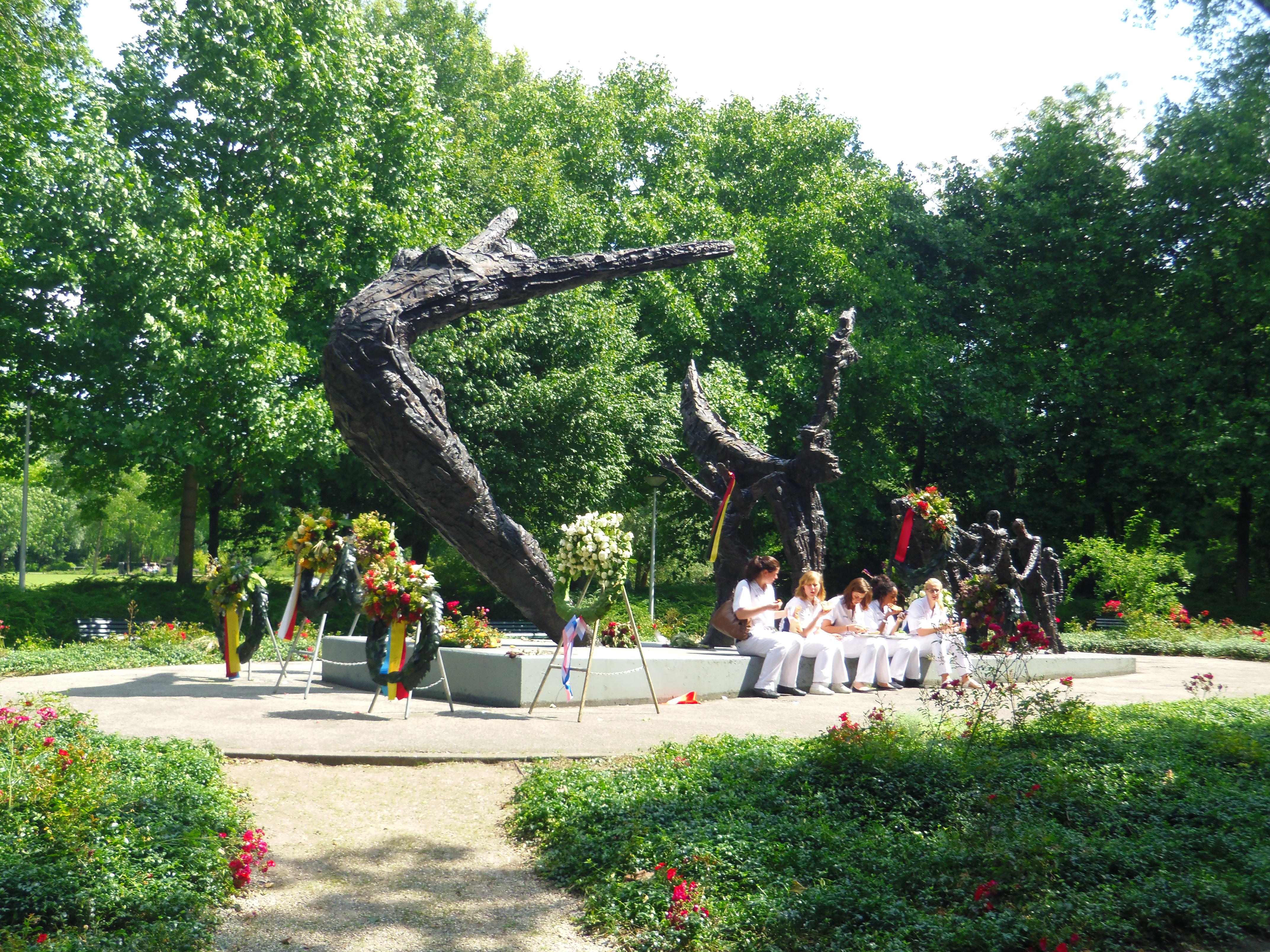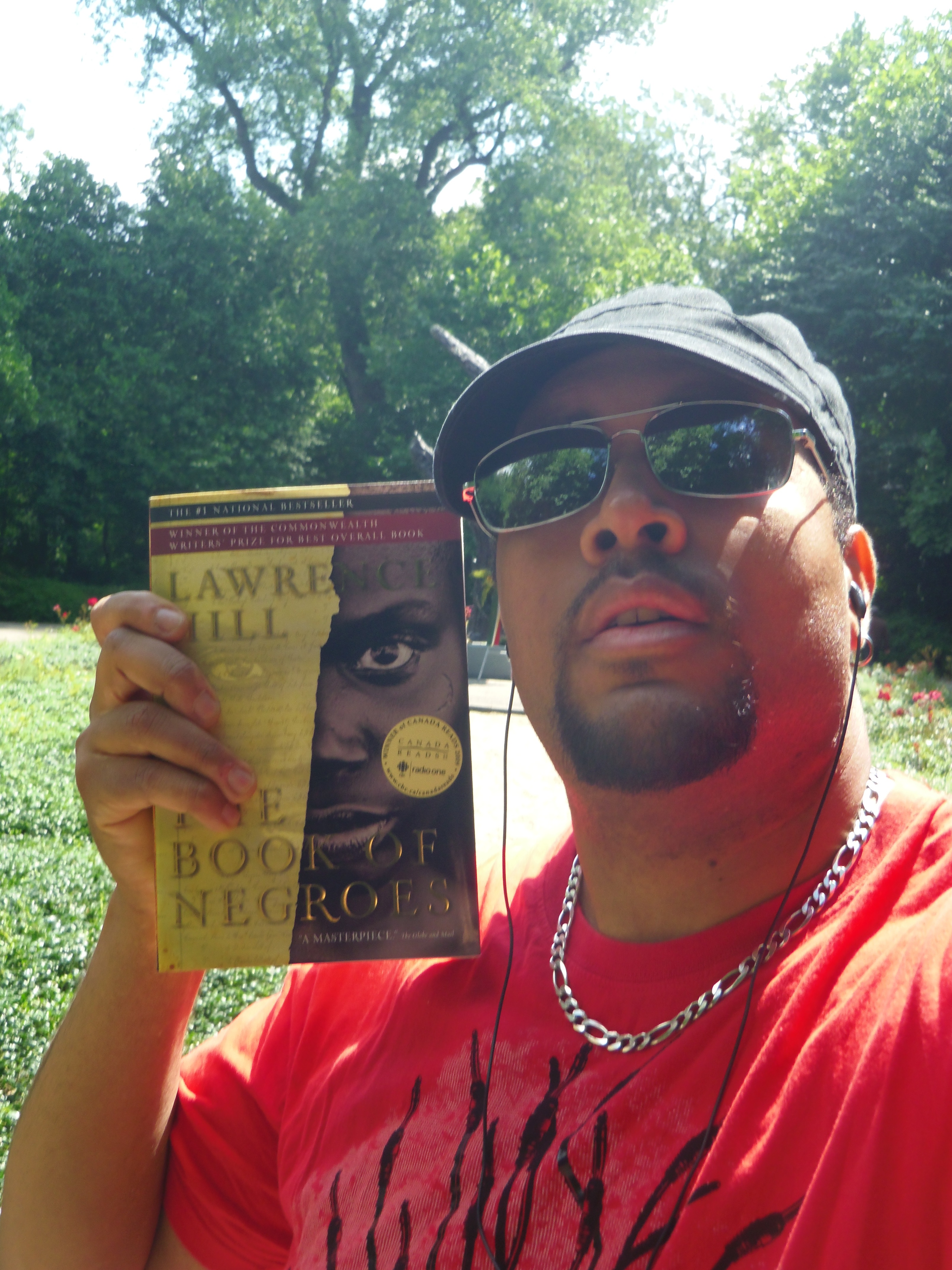I throw around the terms ‘inequality’ and ‘disparity’ quite often when discussing issues of race and gender. Most often I am talking about differences in levels of access or achievement that are rooted in traditional prejudices relating to majority opinion of minority members, but the concept can really be used to describe any differential level in access/achievement that are based on anything other than merit (however one wishes to define that). I think it is a safe conceit on my part to assume that I don’t need to explain why merit is a legitimate basis for discrimination, whereas others are not.
What is not a safe assumption, however, is to assume that we all have the same idea of why these disparities exist, particularly how they manifest themselves in a contemporary setting. In yesterday’s discussion of the usefulness of diversity, I pointed out that it is in our societal best interest to reduce the amount of disparity (by increasing access) in group membership selection. I made a vague reference to the fact that I imagine that increased diversity along lines other than gender alone may have a benefit to the group that operates along similar lines. I’d like to extend that argument a bit today, in a discussion of one facet of race-based disparity in access and achievement – education:
The College Board is releasing two reports today on the crisis facing young black and Latino men, who, the reports find, continue to be measurably less educated than minority women and white men. According to the reports, 16 percent of Latino and 28 percent of African-American men ages 25 to 34 had obtained an associate’s degree or higher as of 2008, while the comparable figure for white men was 44 percent and for Asian men, 70 percent.
The report also said that foreign-born members of those lagging minority groups were more likely to drop out than those born in the United States, especially in the case of Hispanics. While the total dropout rate for male Latinos is 20 percent, the foreign-born dropout rate is 14 percentage points higher.
Before I delve fully into my argument, I want to make two points that I don’t think really connect to the main substance of my argument but are worth pointing out. First, as far as I am concerned education is the be-all-end-all of improving quality of life and moving society forward. Full stop. The better educated a society is, the more equipped it is to deal with new challenges, and understand the strengths and weaknesses of proposed solutions to novel problems. Fixing educational systems means fixing societies.
The second thing is that I found it fascinating that foreign-born students performed worse than domestic students, given what I felt was a fairly strong hypothesis proposed by John Ogbu – that black and hispanic students’ failure to thrive had something to do with feelings of displacement that are not shared by those who willingly immigrate. I wonder whether financial pressures or language skill disparity plays a role in this finding, or if the hypothesis itself must be thrown out and a new explanation found.
Okay, now on to the point I want to make. There are a number of reasons why black and brown people may do worse than white people. Some of that undoubtedly has to do with different cultures and the expectations that people have for themselves – if education is not prioritized in your home then you’re less likely to take it as seriously. I am unsure as to what the state of the evidence is that supports how different these cultures are, but for a moment I will grant that this factor has some explanatory power. Many others point to differential treatment and expectation by teachers – that teachers expect black and brown students to fail, so they encourage those pupils less than white students. Again, I am unsure of how strong the evidence for this conjecture is.
However, even granting those partial explanations, pre-existing poverty and lack of financial ability plays a huge role. Especially in the United States where private schools are often the only way for kids to have a fighting chance of getting into a good college, being poor is a huge barrier to success.
The second, smaller report shares firsthand stories from minority men. One African-American student currently enrolled as a freshman in a public university seems jaded about the process. The authors write: “He remembers that all through school people told him to get good grades so he could succeed and go to college, but senior year he realized it was all about money and affordability.” Money is cited as one of the biggest roadblocks to gaining an education, along with social stigma and lowered aspirations.
If you have to work part- or full-time to support yourself as you go through school, you have less time to devote to your studies. Even more so if you also have to support family members or a family of your own.
So we have a situation where black and brown (and apparently Asian as well) kids are less likely to be able to get an education. Follow me through a thought experiment: if education and income are linked (and they are), then being less-educated means that you have lower lifetime earning potential. If you have children of your own, those children will have less financial access than if you had been better educated. This creates a further gap in their ability to access education, which means their earning potential suffers. It is a problem that persists through generations, resulting in a systemic disparity in access/achievement that falls explicitly along racial lines.
The article offers no solutions to this problem, and I will not spend too long offering my own. I think that if we want to see these disparities reduced, we cannot simply stand by and wait for them to solve themselves. It is also no good to simply blame people for their lot in life – that might feel good (and I’ll even pretend for a second that it might be correct… I feel dirty now), but it does not solve the problem, it simply absolves us of any responsibility for ameliorating it. We must take an active role to improve levels of access and genuine chances for success, so that any differences in achievement are not due to the structure of the education system. If the schools fail our kids, how can our kids succeed at our schools?
Like this article? Follow me on Twitter!







